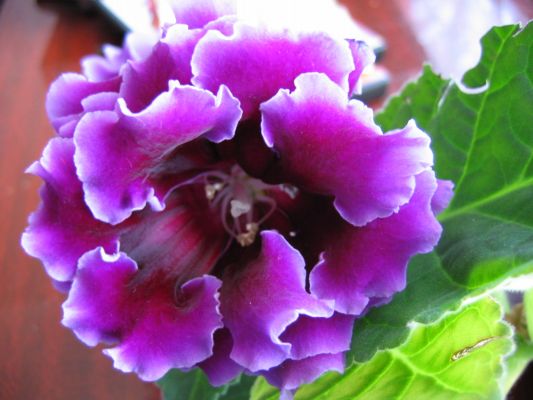You will need
- - pot of suitable size,
- - soil,
- - the tuber of gloxinia.
Instruction
1
Start to transplant tubers of gloxinia in a period of rest, when you see small sprouts. Do not let the sprout has grown too big so the sooner you transplant the plant, the better for him.
2
Prepare the tuber of gloxinia for transplant. Carefully remove it from the pot and clean off the old soil. Remove old roots and wash the tubers in water to be able to see the presence or absence of rot, damage or trusworthy.
3
If the roots and tuber of the plant is damaged, cut out the affected areas and dry the tuber during the day. Then dip it in a weak solution of potassium permanganate. Shriveled and soft tubers wrap in a wet cloth and allow it to acquire firmness, leave for 3 days. This time is enough so that the tuber became more solid.
4
For transplantation of gloxinia take nutrients, light and air - and water-permeable soil, prepared on the basis of peat. In such a soil will decrease the probability of decay and the Gulf of tubers of plants.
5
An important point of transfer is properly selected pot diameter it needs to be at 5-6 cm above the tuber. If you transplant the gloxinia in a pot too large, the roots and the leaves will grow very slowly, and the flowering will also be late.
6
Put on the bottom of the pot drainage layer, which should be about 1-2 cm. Sprinkle the top of the prepared soil, make a hole for the tuber of gloxinia.
7
Place the tuber in the hole and fill with soil to 2/3 so that its top was still open, and the ground didn't get on the sprouts.
8
Carefully pour the soil around the plants, avoid getting water on the sprouts and the center of the tuber. Once the sprouts get a little older, you can add a little soil into the pot and sprinkle with the tuber completely.
9
Planting depth is very important for planting, the tuber should be completely in soil. Start fertilize the plants 4-6 weeks after planting.



